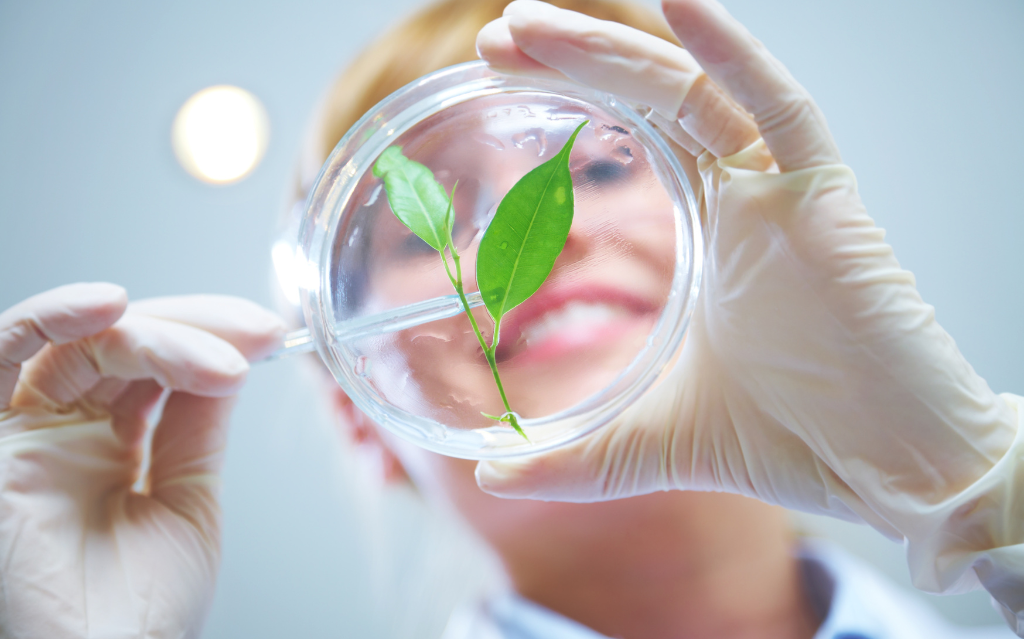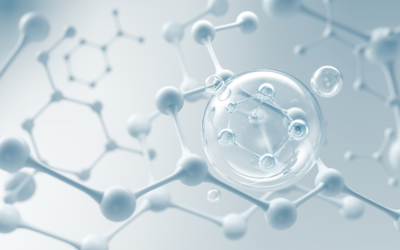
The environmental impact of medical and pharmaceutical products is an issue of growing importance and the focus on sustainability by consumers is only set to increase.
In 2020, the European Commission published the Strategic Approach to Pharmaceuticals in the Environment, highlighting the complexities of the pharmaceutical pollution problem. Although access to effective medicines is crucial for the treatment of many diseases that afflict humanity, pollution poses a proven risk not only to the environment, but also to the health of everyone on the planet.
In which direction are the industry’s efforts heading and what can we expect in the near future?
More sustainable production
Reducing the environmental impact of the sector is an extremely complex challenge given the many stakeholders with whom one has to interface. Any intervention risks triggering a chain mechanism that ultimately impacts on product quality, which remains imperative. There is room for improvement at various stages of the supply chain, including the production phase, which can be rethought from a more sustainable perspective.
By moving towards a circular economy approach, in contrast to the current linear “take-make-waste” economic model, it is possible to uncouple growth from resource consumption. By embracing this model, pharmaceutical companies could reduce their emissions, waste generation, energy use and water consumption.
The latter in particular is one of the most critical aspects of pharmaceutical production: in ‘traditional’ wastewater management, very different effluents can be mixed together, making it difficult to treat or recycle within separate collection systems. The aim in the near future is to be able to optimise water consumption more and more, while also finding reliable re-use methods that guarantee the absence of contamination.
Packaging, transportation and logistics
Like the production phase of medicines, logistics has its own complications. Many drugs are temperature-sensitive and require distribution that respects the cold chain to ensure product integrity.
To reduce the impact of transportation, more and more R&D labs are starting with a “sustainability-by-design” approach that seeks to minimise the need for the cold chain.
Another increasingly common practice is to abandon an “aviation-by-default” model in order to diversify transport methods: for short distances, environmentally friendly vehicles (electric or biofuel) are starting to be favored, while for long distances, ships and trains are also being relied upon. In addition, during transport, people are opting for reusable packaging, instead of the traditional polystyrene, which guarantees a lower environmental impact throughout the duration of their use.
Waste optimisation
Millions of medicines are thrown away every year. This waste is largely due to errors in logistics, but equally common are cases where quality medicines, delivered in perfect condition and on time still end up in the waste stream. The reason? The expiry date.
Ninety per cent of medicines are safe and effective for at least five years after the “expiry” date, but are currently disposed of as soon as this is exceeded. By conducting more in-depth studies on the stability of drugs in development, it would be possible to agree on a more precise expiry date, extending the average life of products.
Some industry-wide efforts could also be made on drug packaging. Packs and blisters of different shapes and sizes require more complex disposal processes that are difficult to standardize. Homogenizing the packaging as much as possible would greatly facilitate the work in the disposal phase by streamlining the processes.
It cannot therefore be said that the pharmaceutical sector is standing still in the race for climate neutrality. Already in 2018, compared to 1990, greenhouse gas production had been reduced by 61% and energy efficiency improved by 55%. What matters now is to maintain the commitment and will to create a truly sustainable industry.


